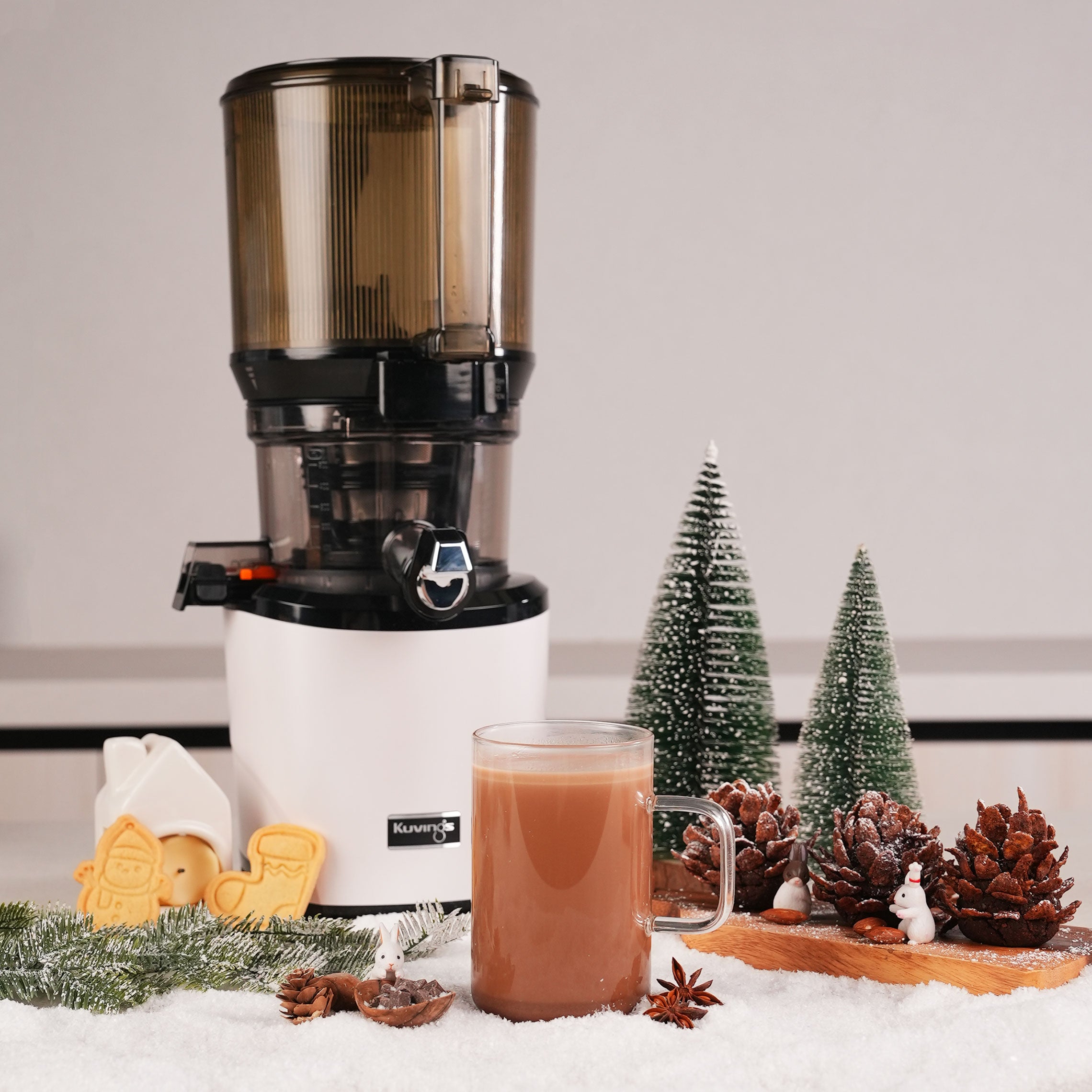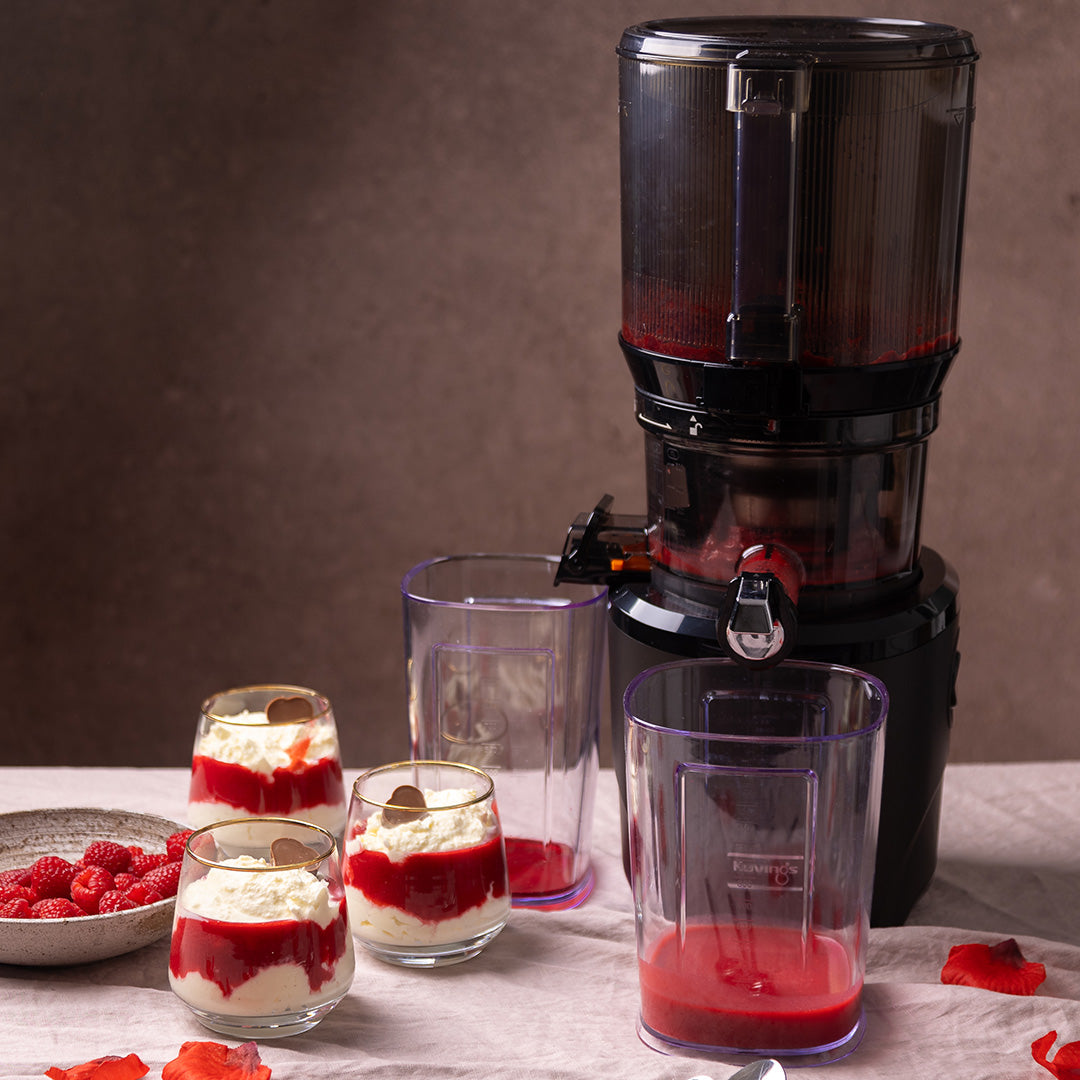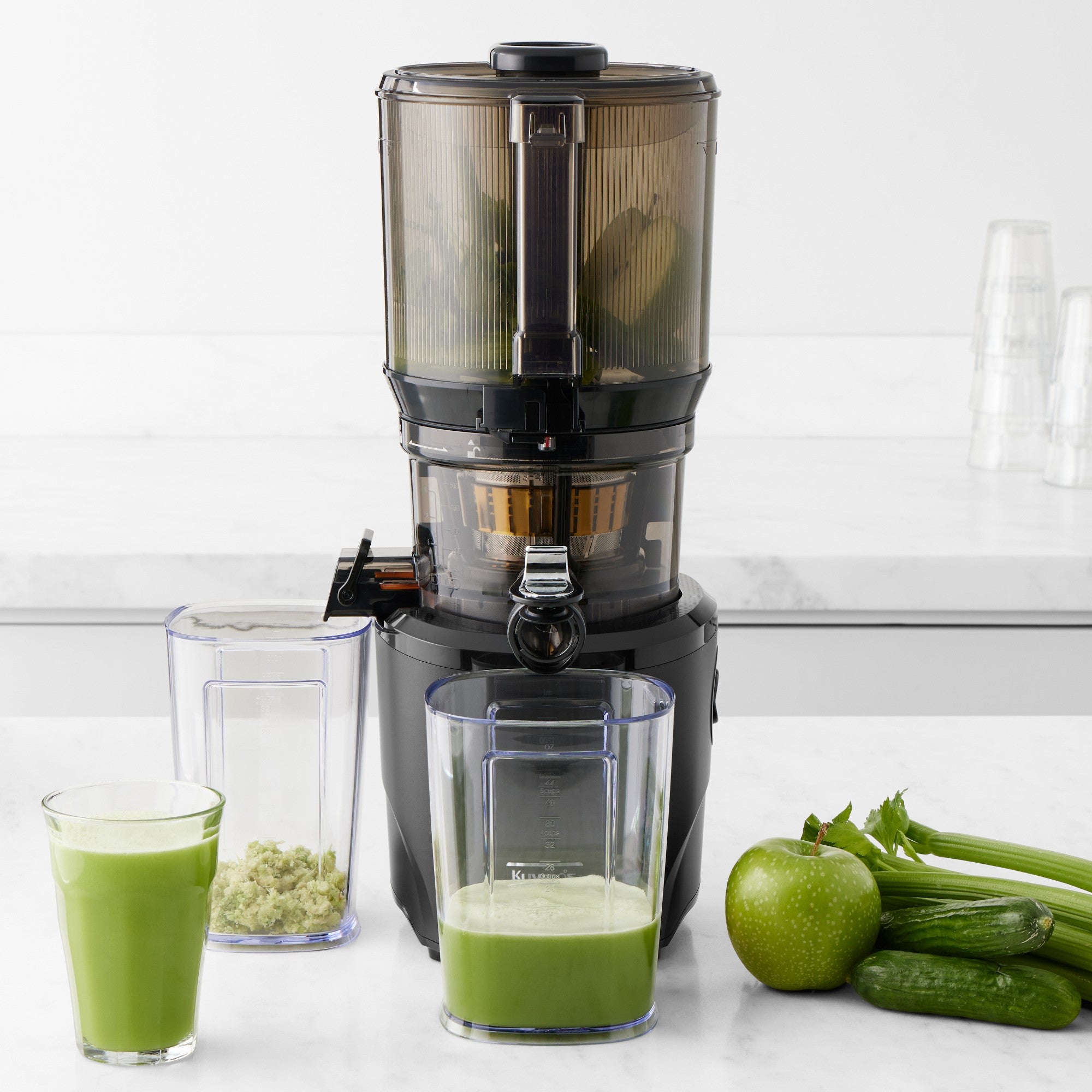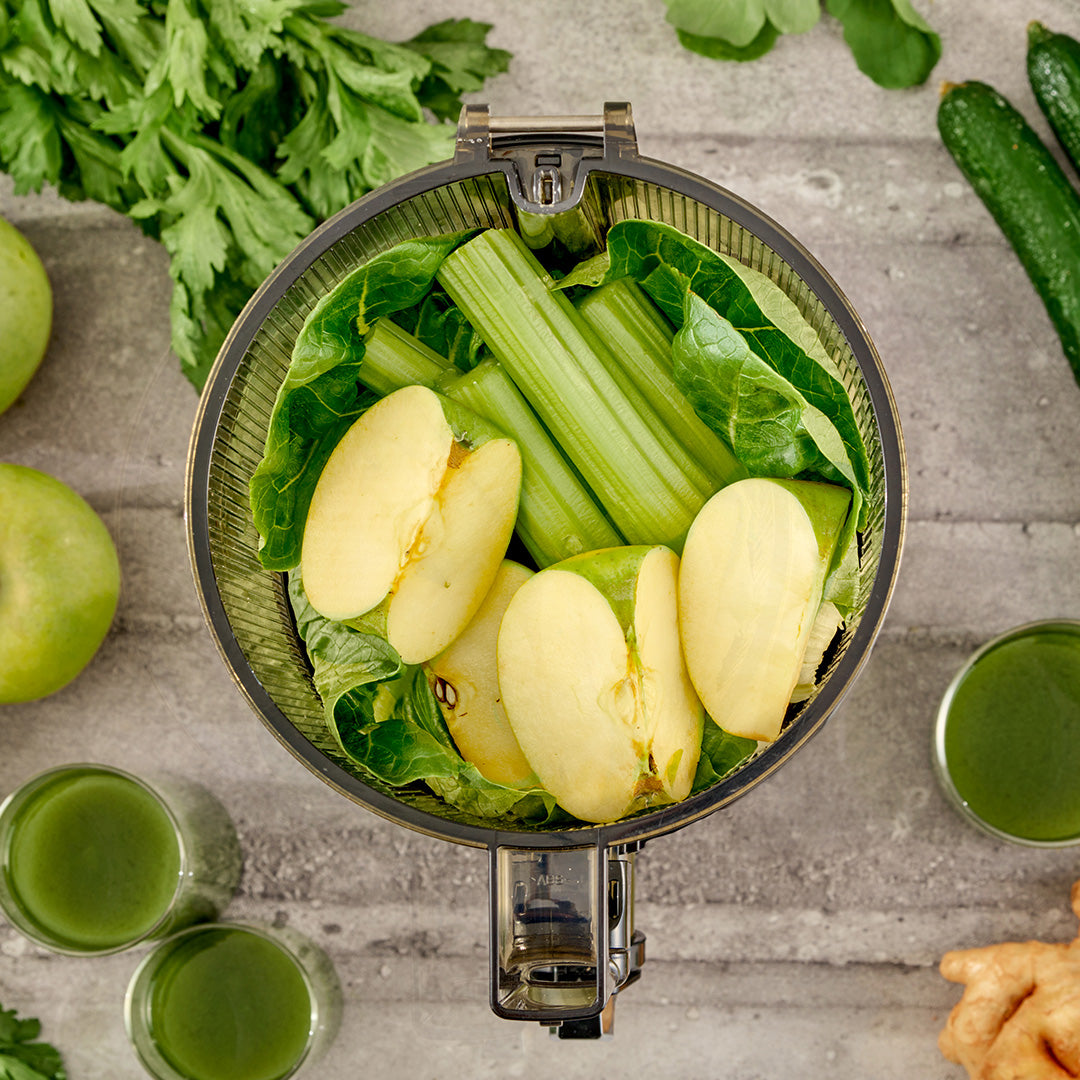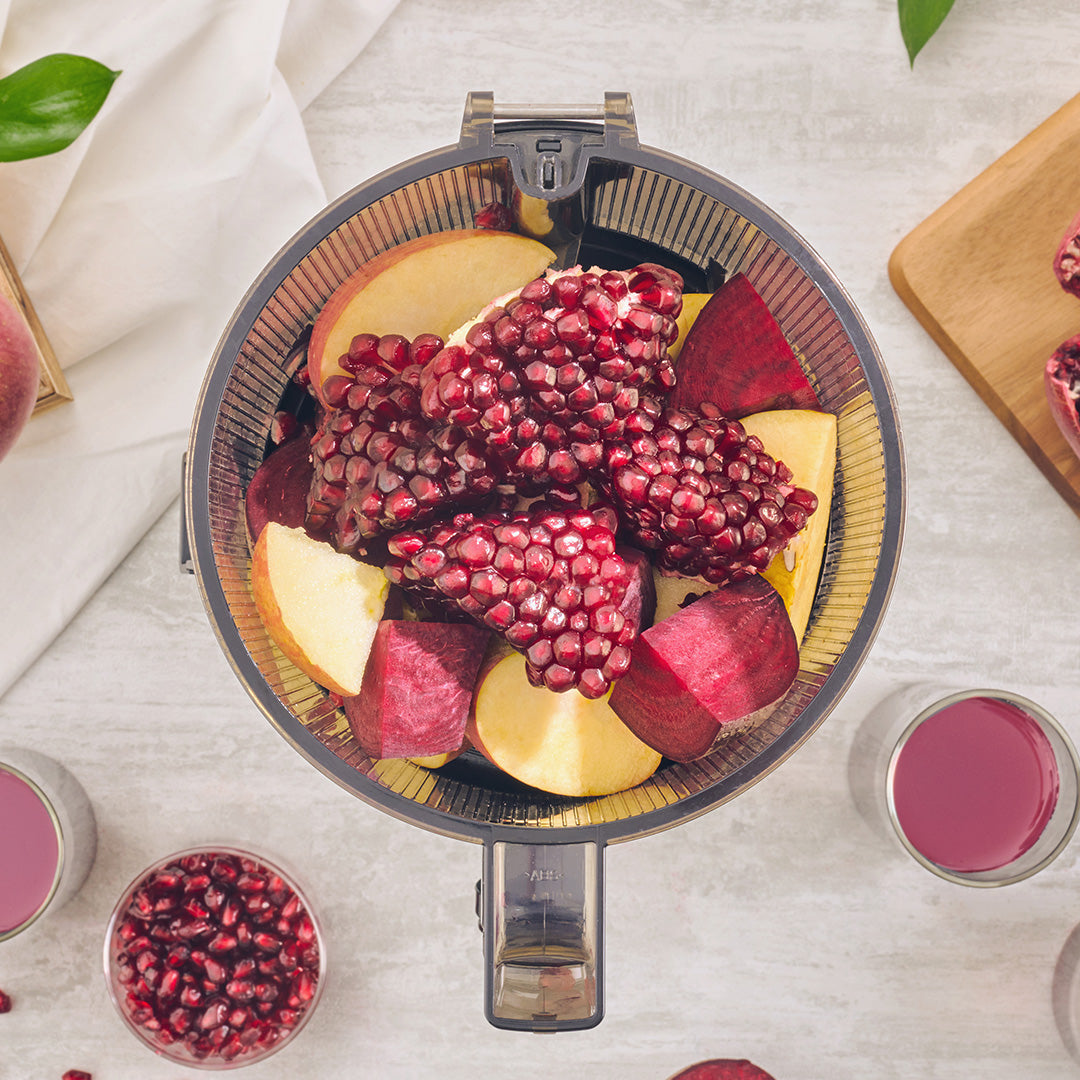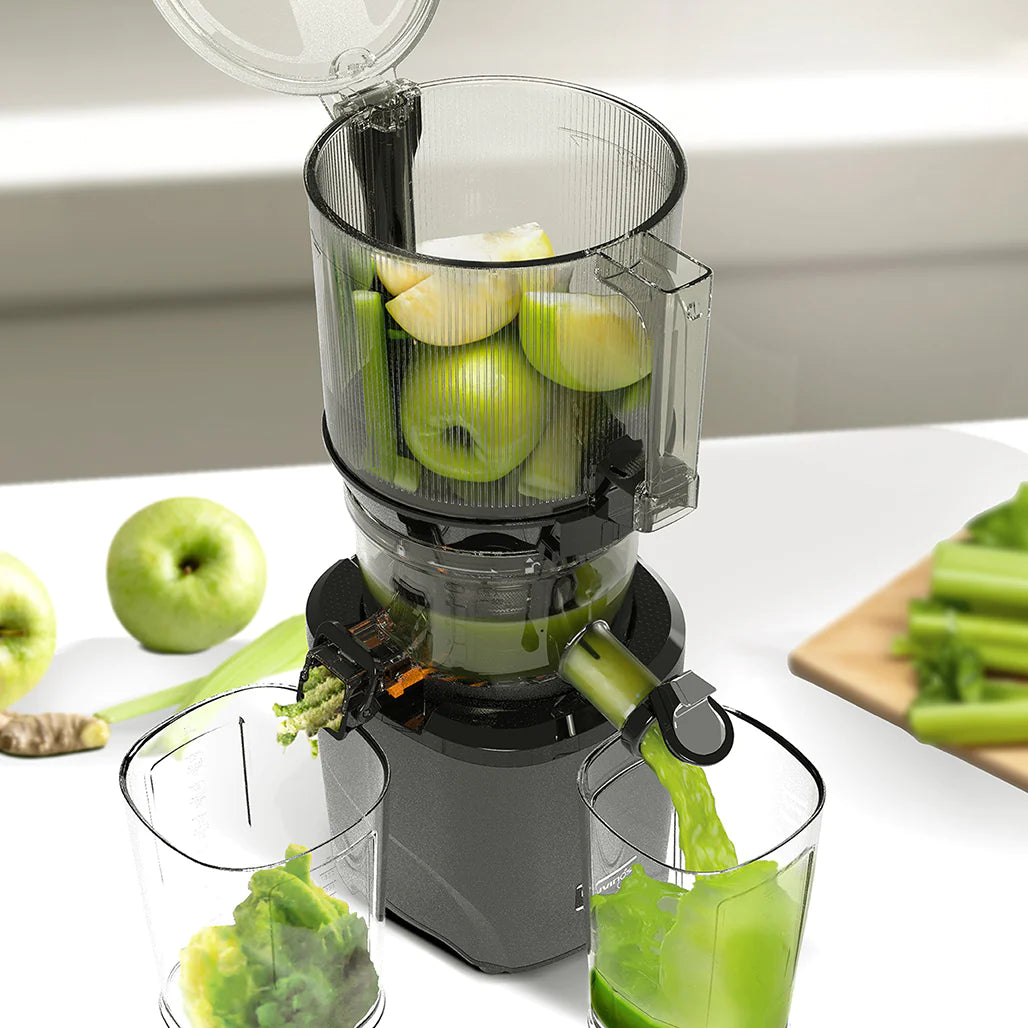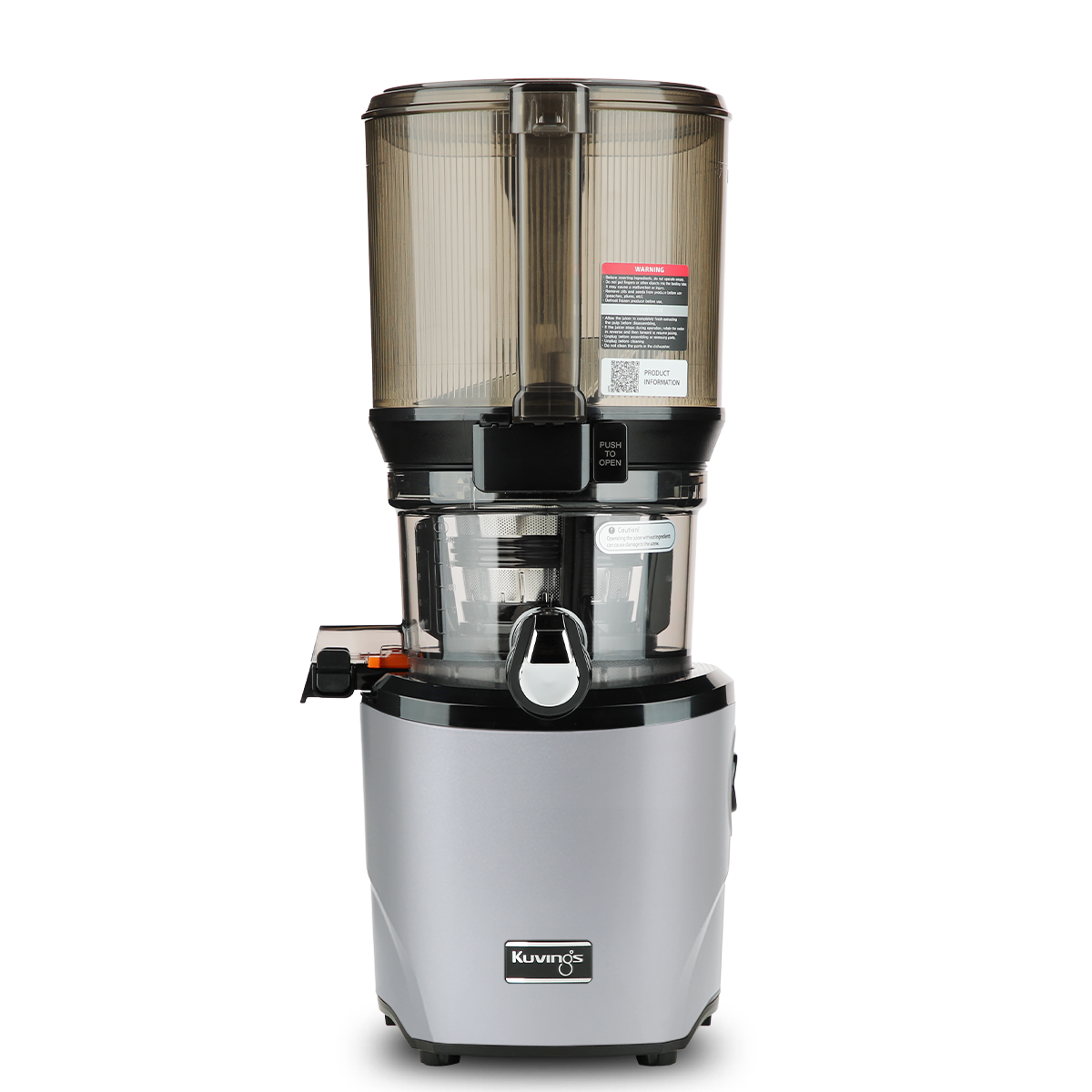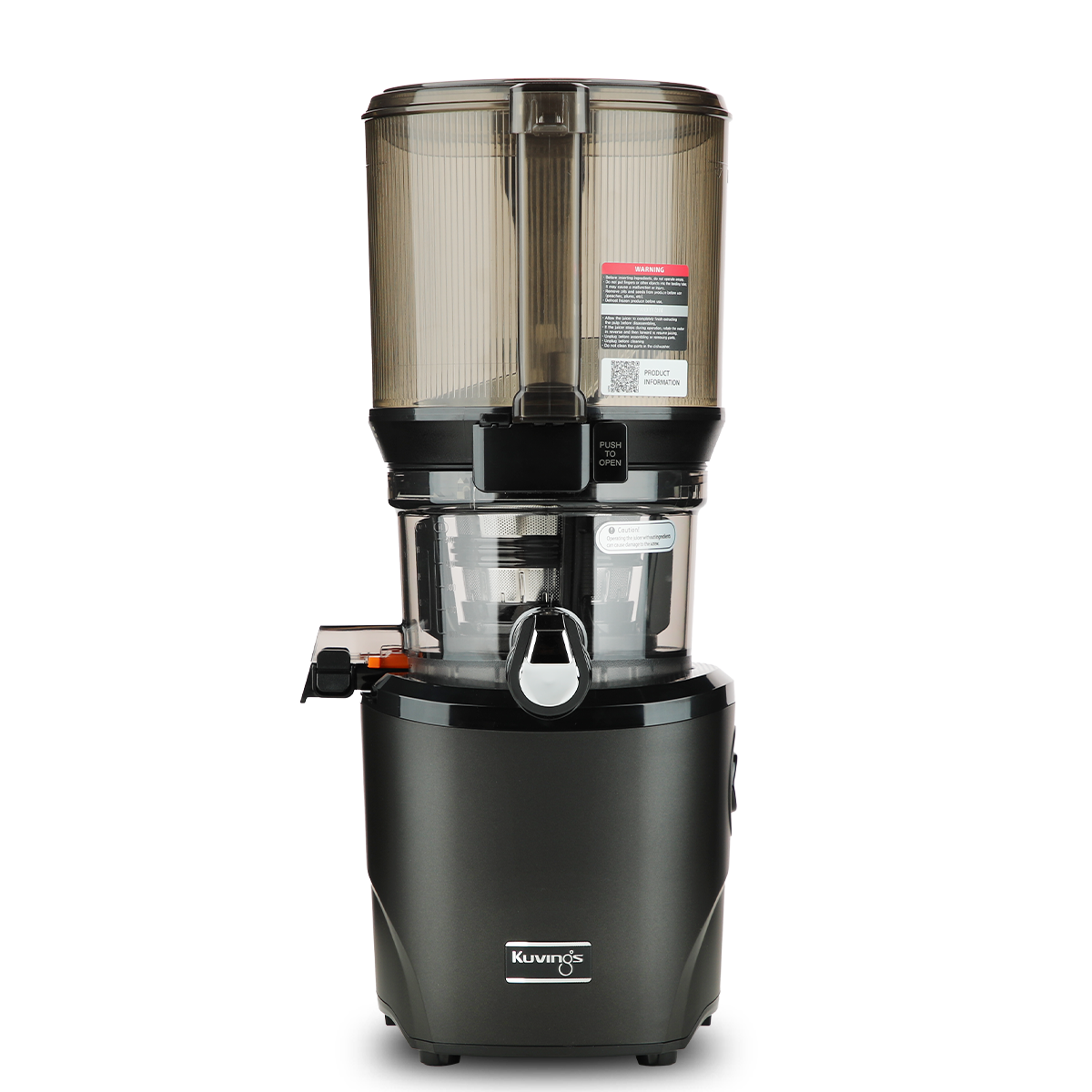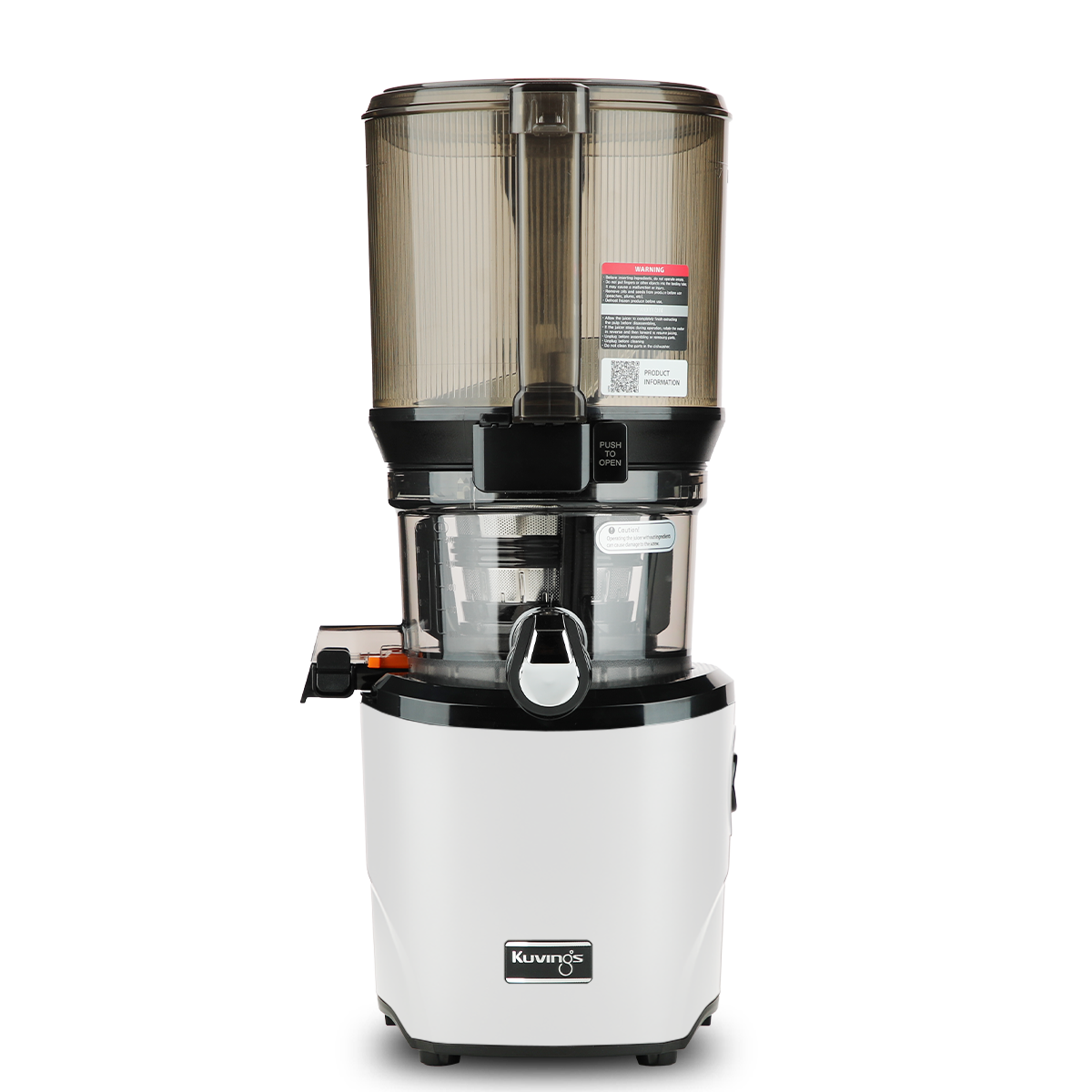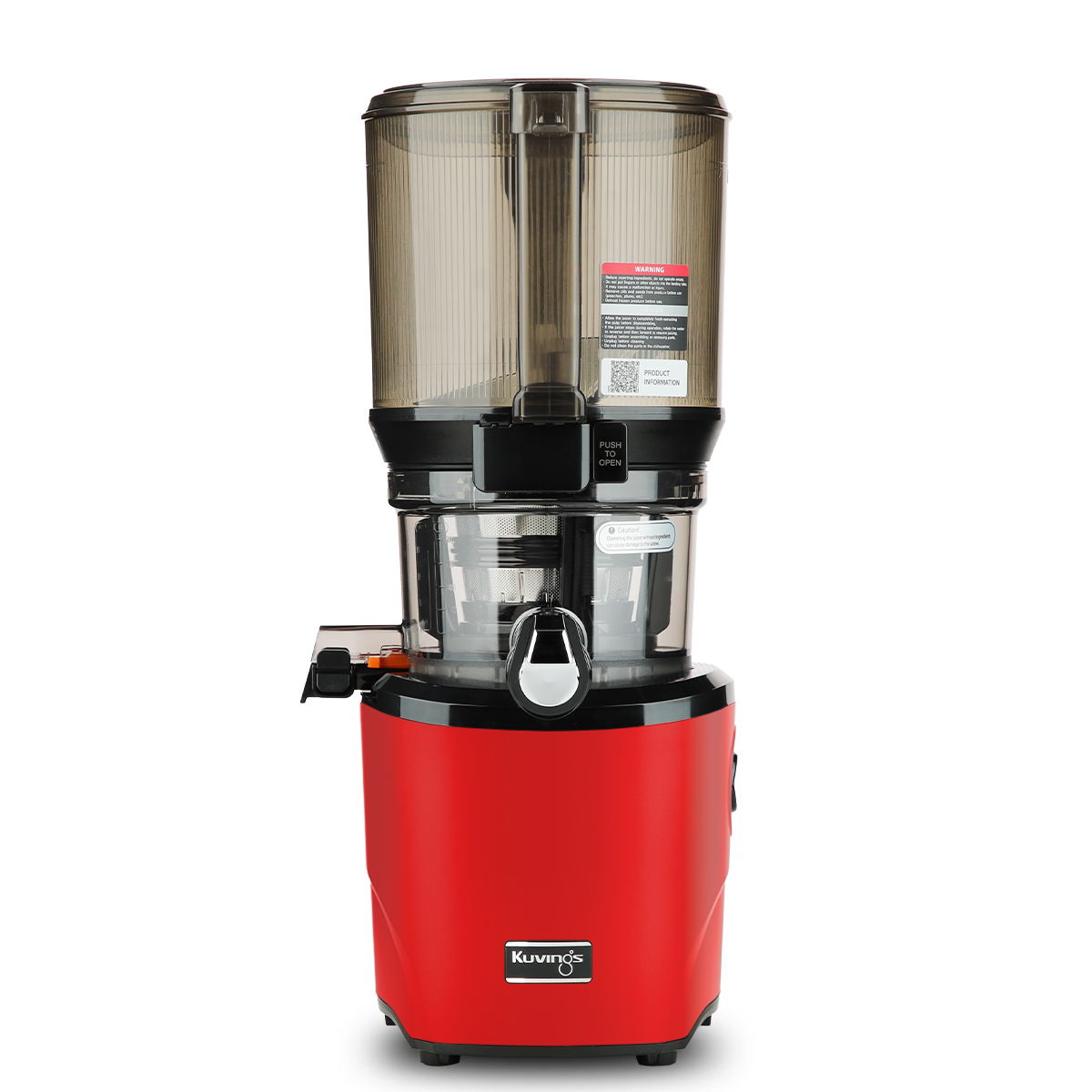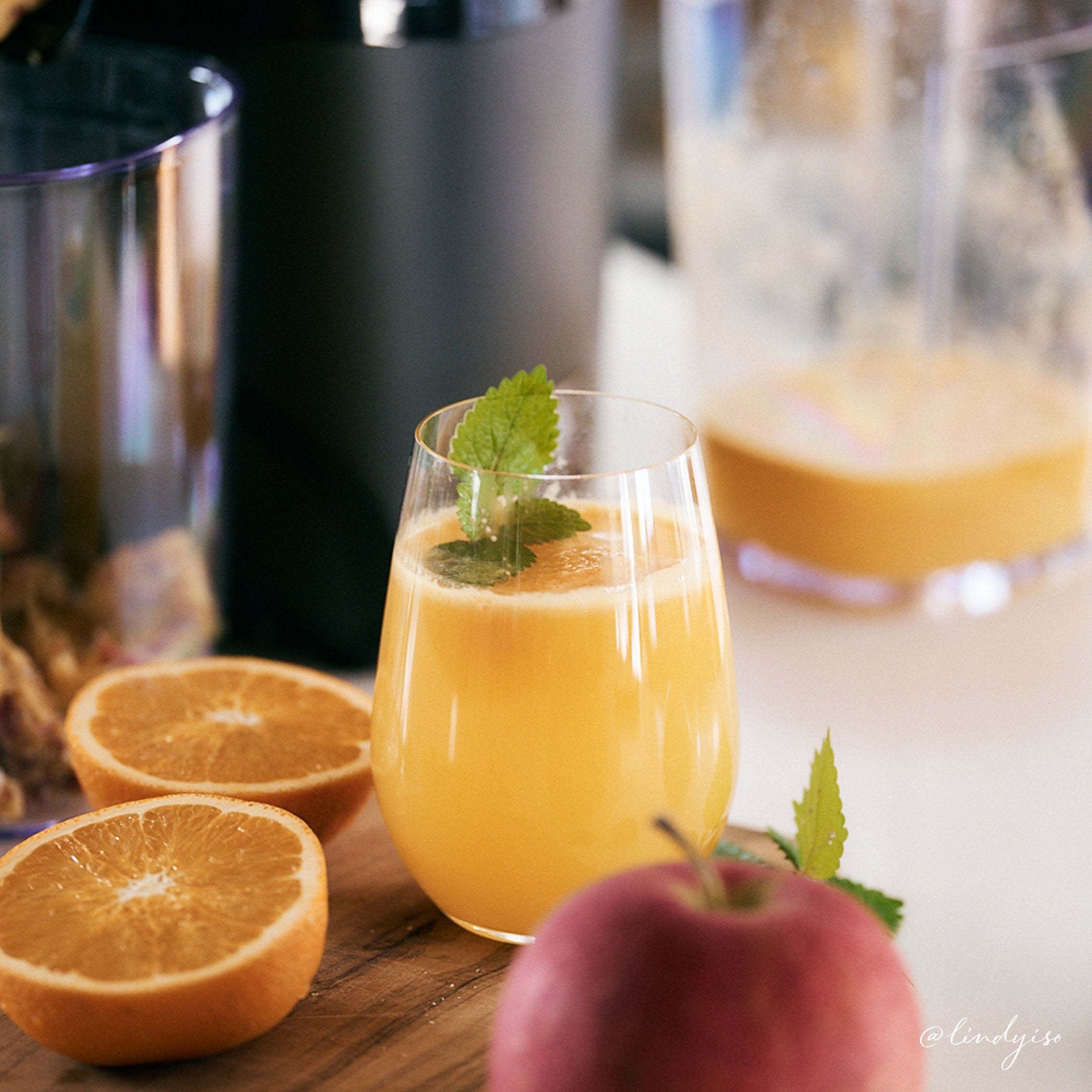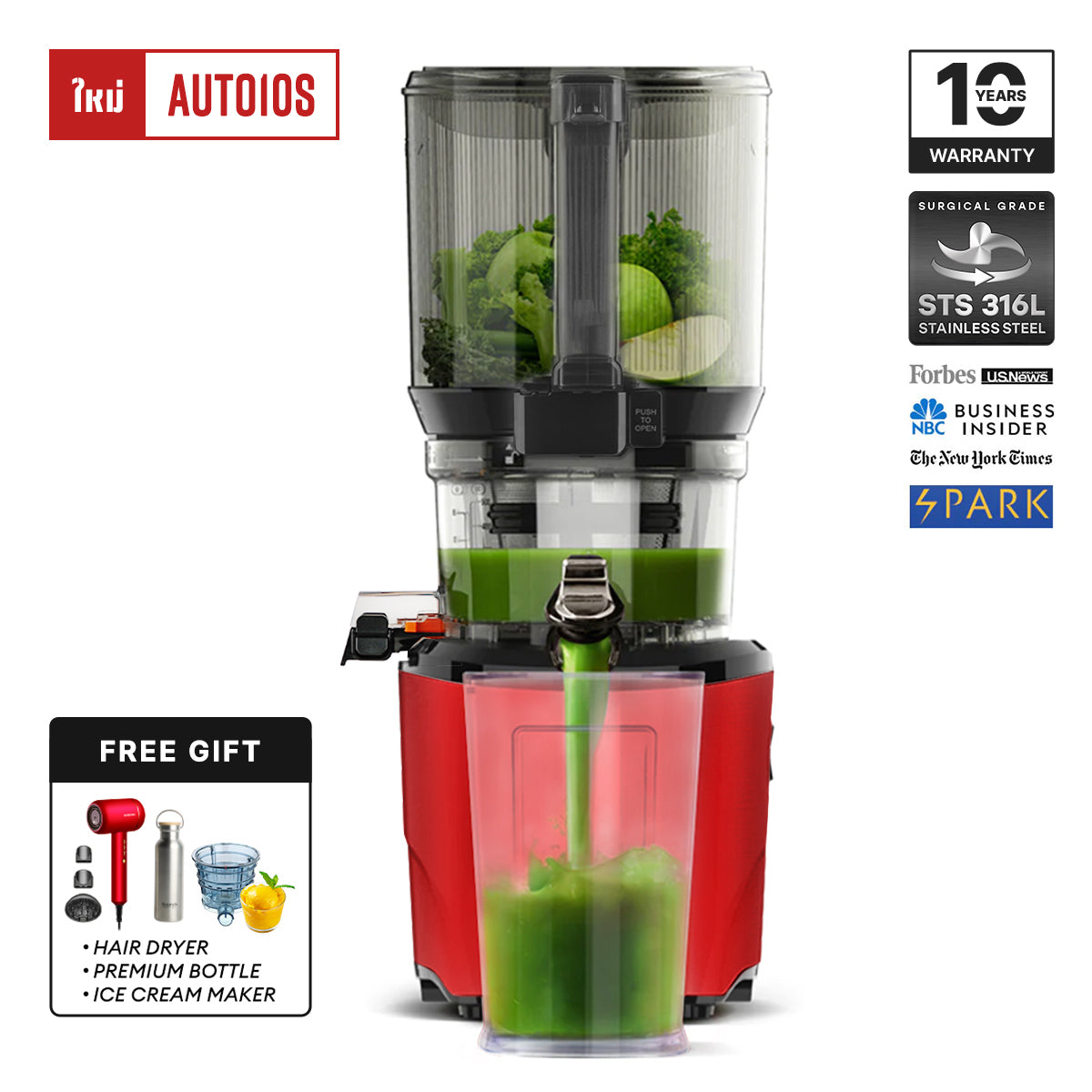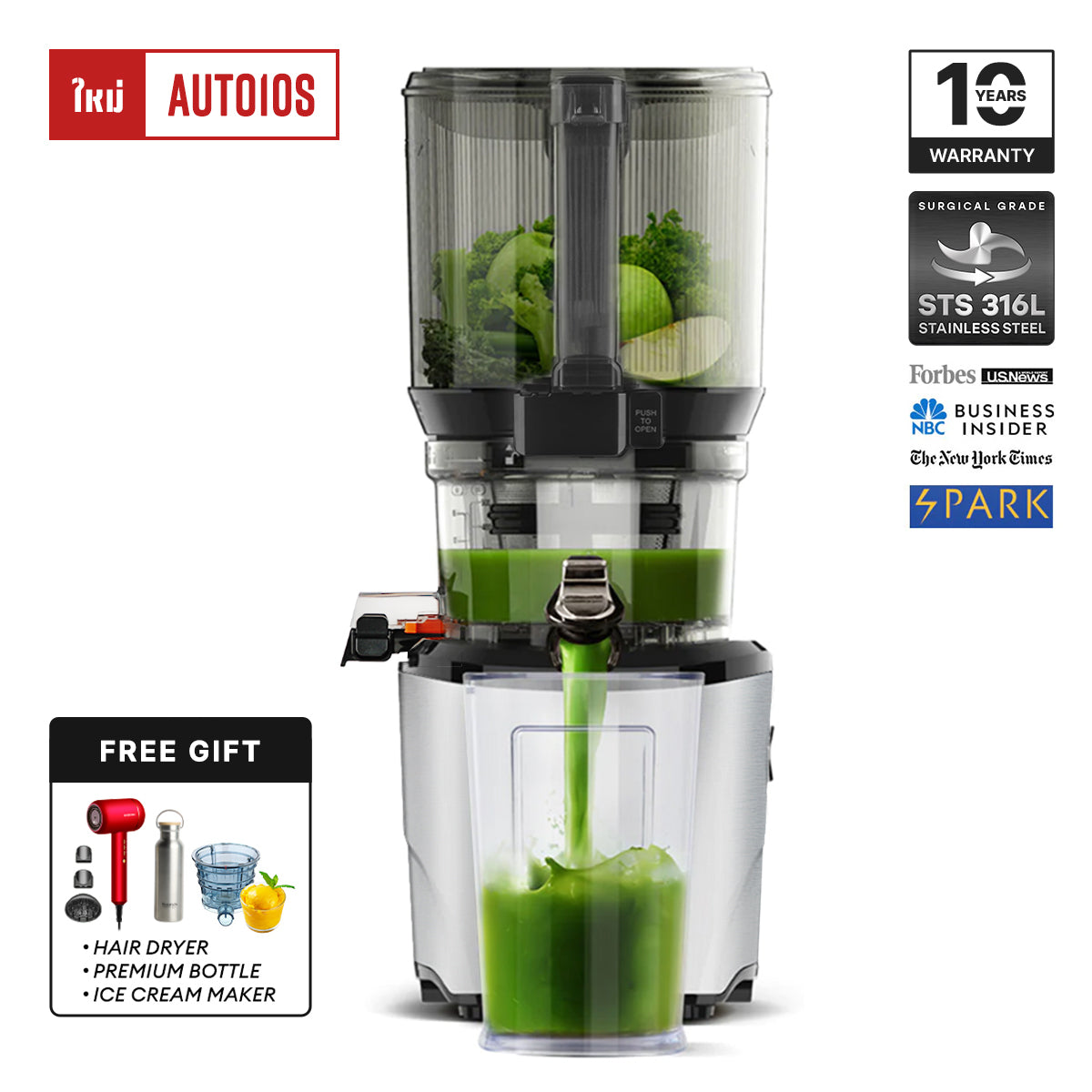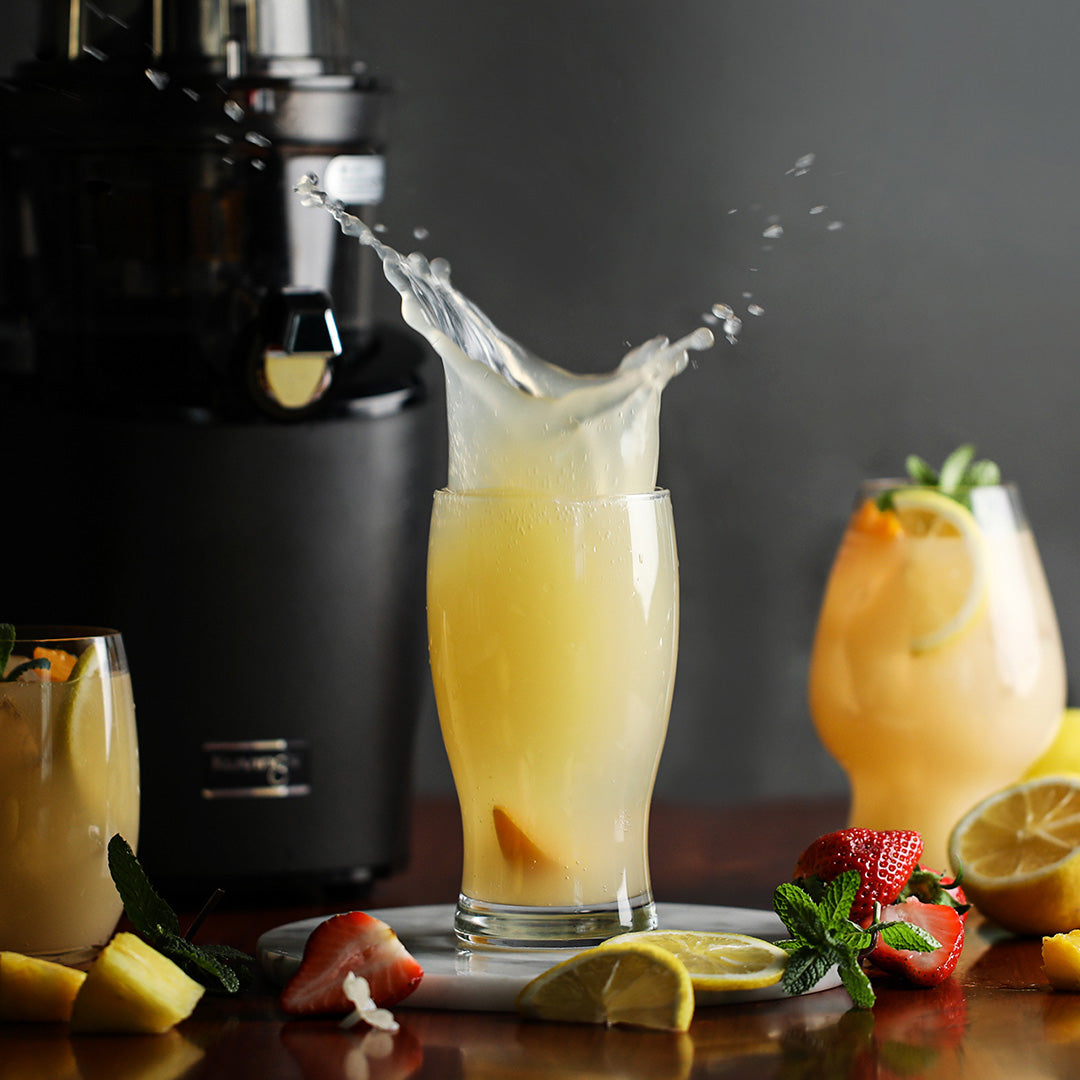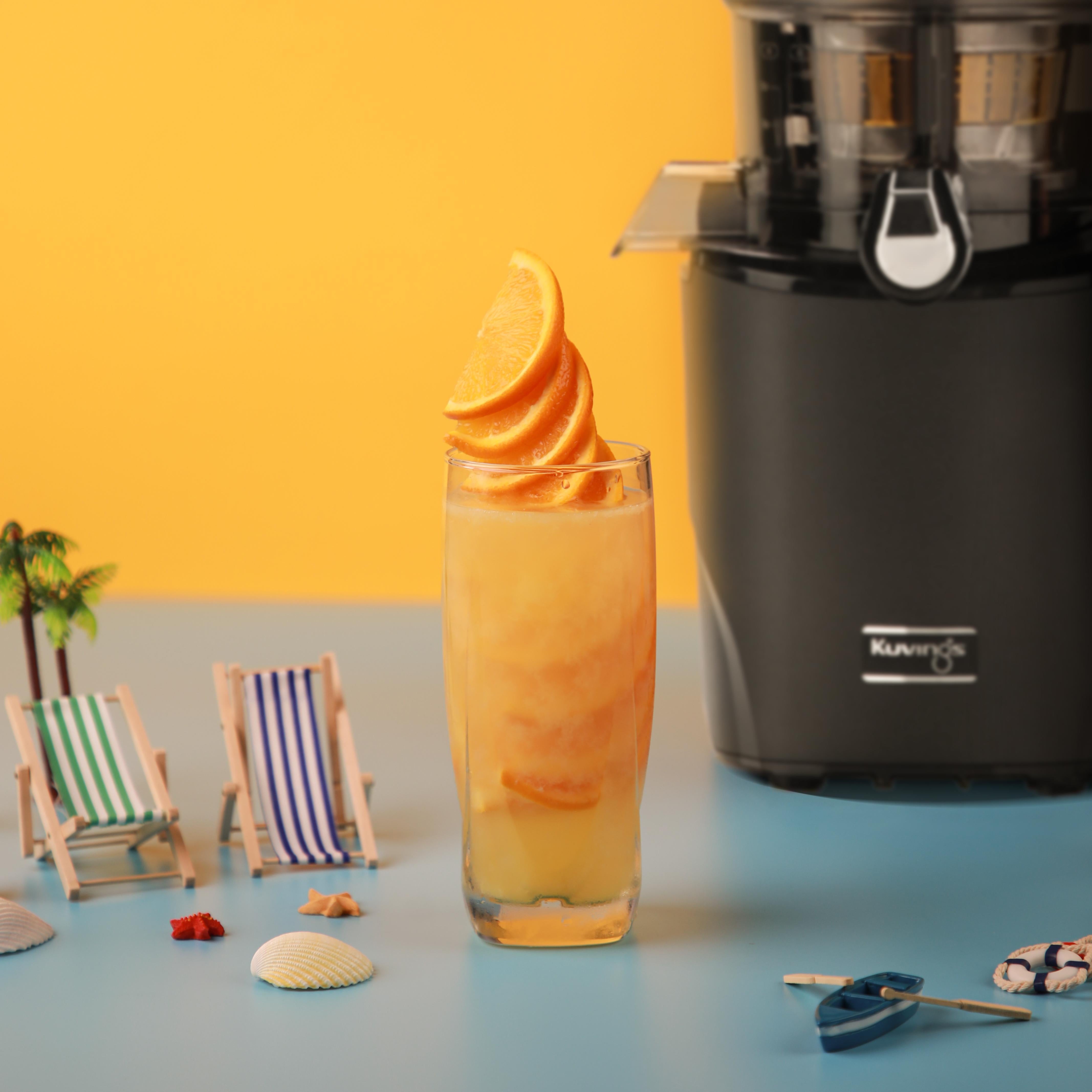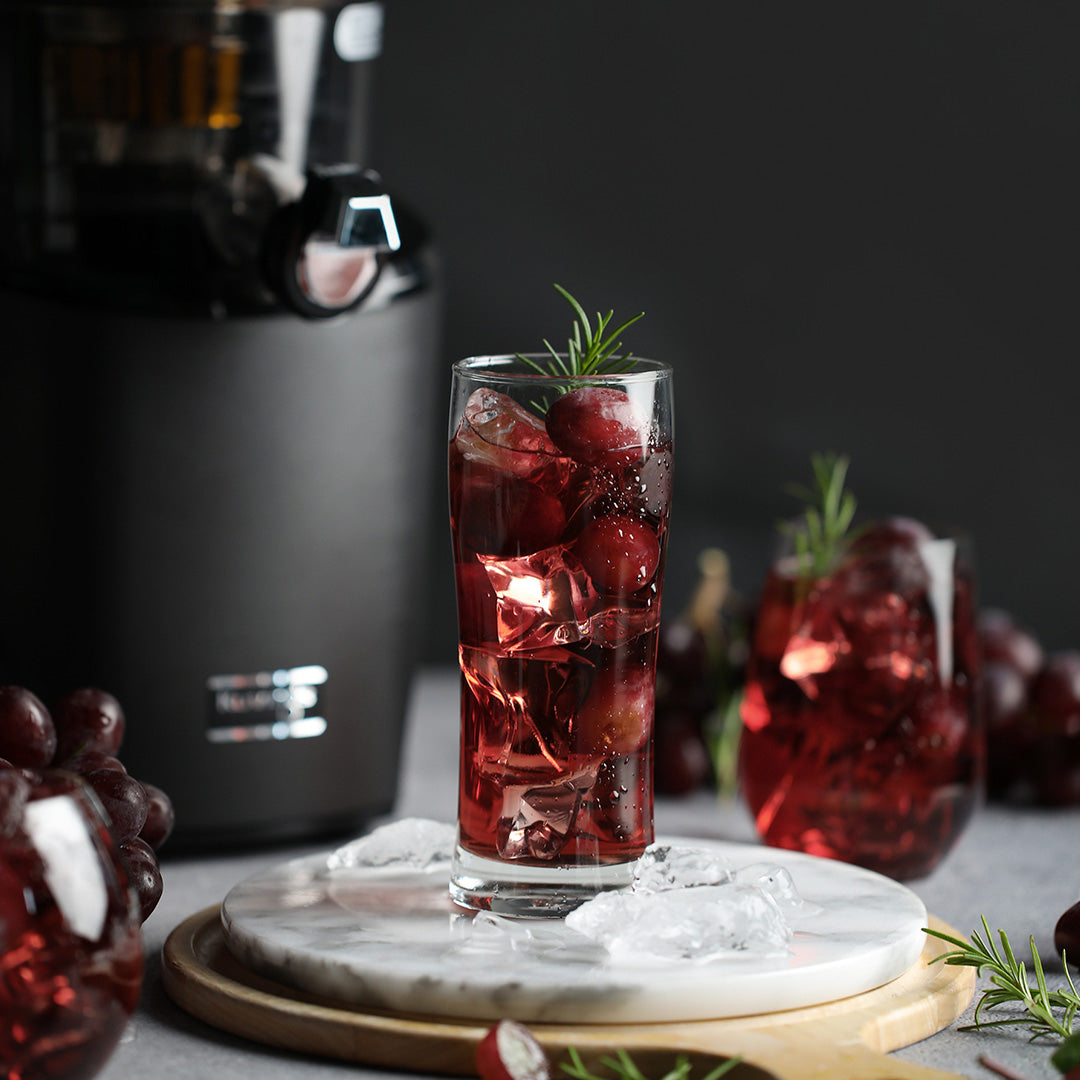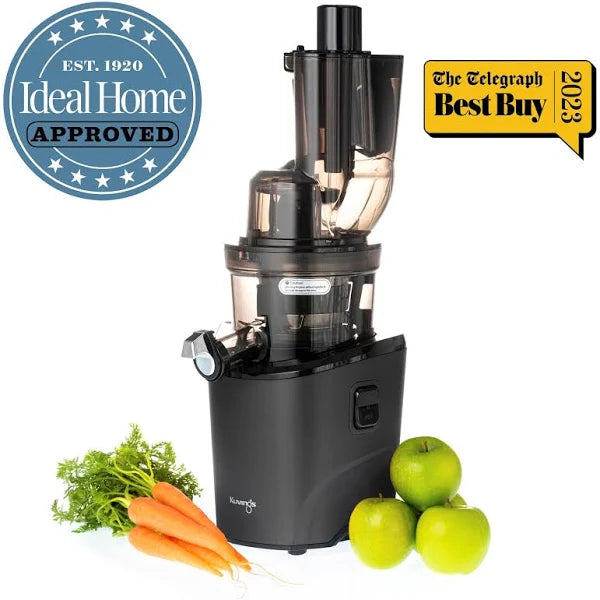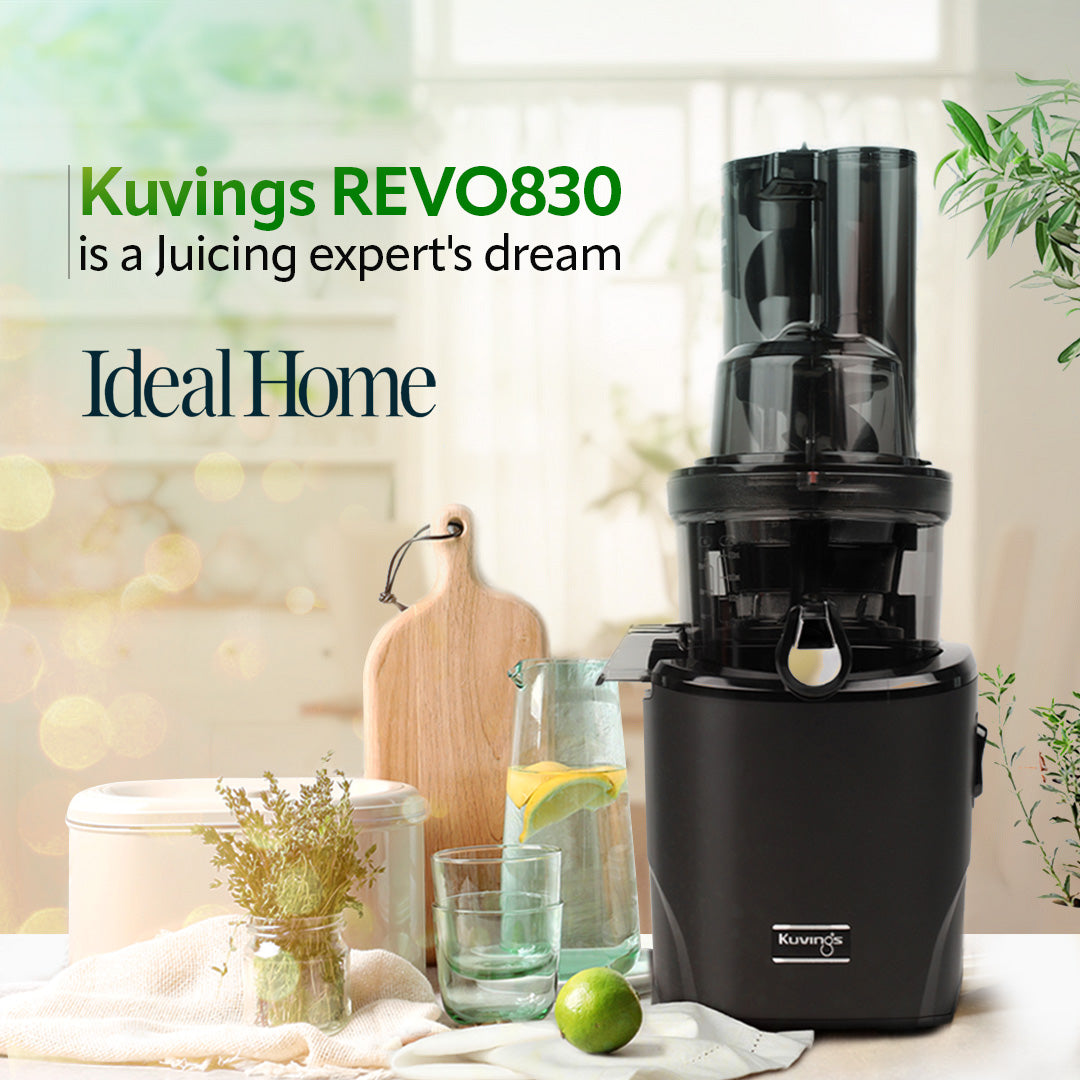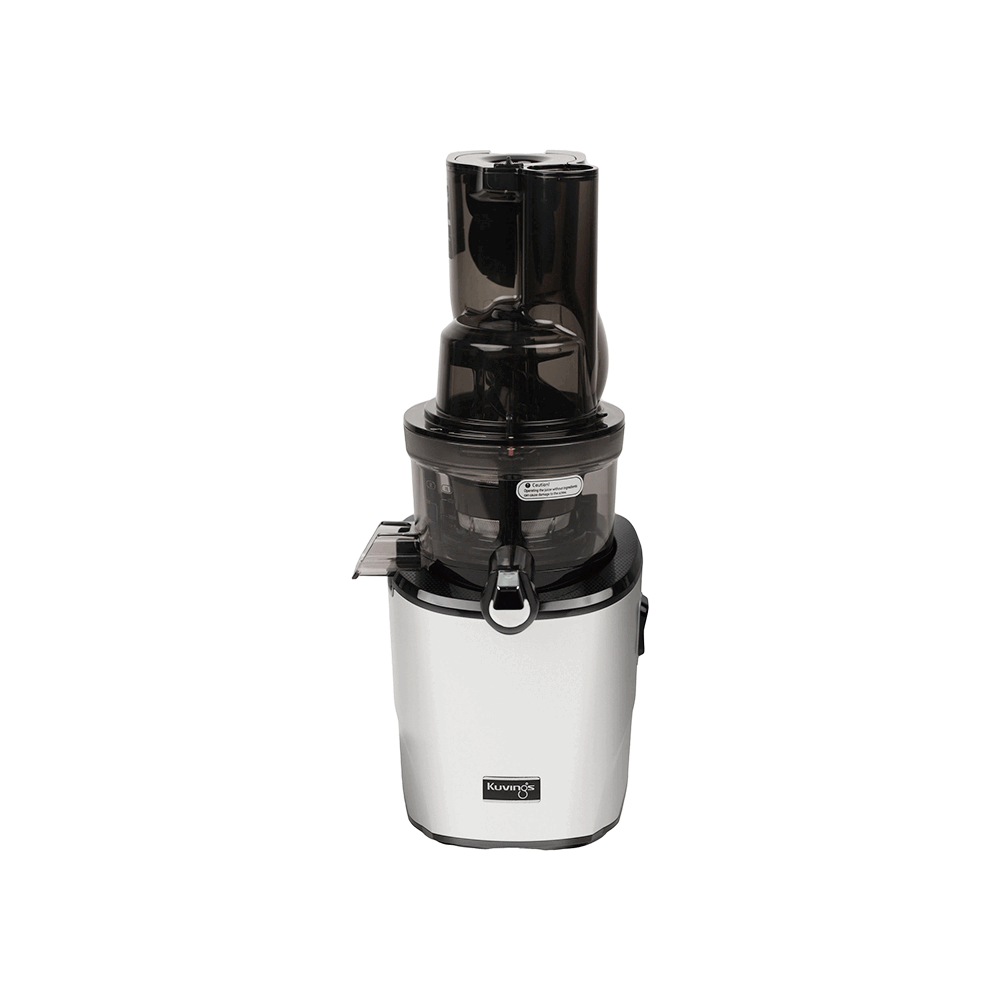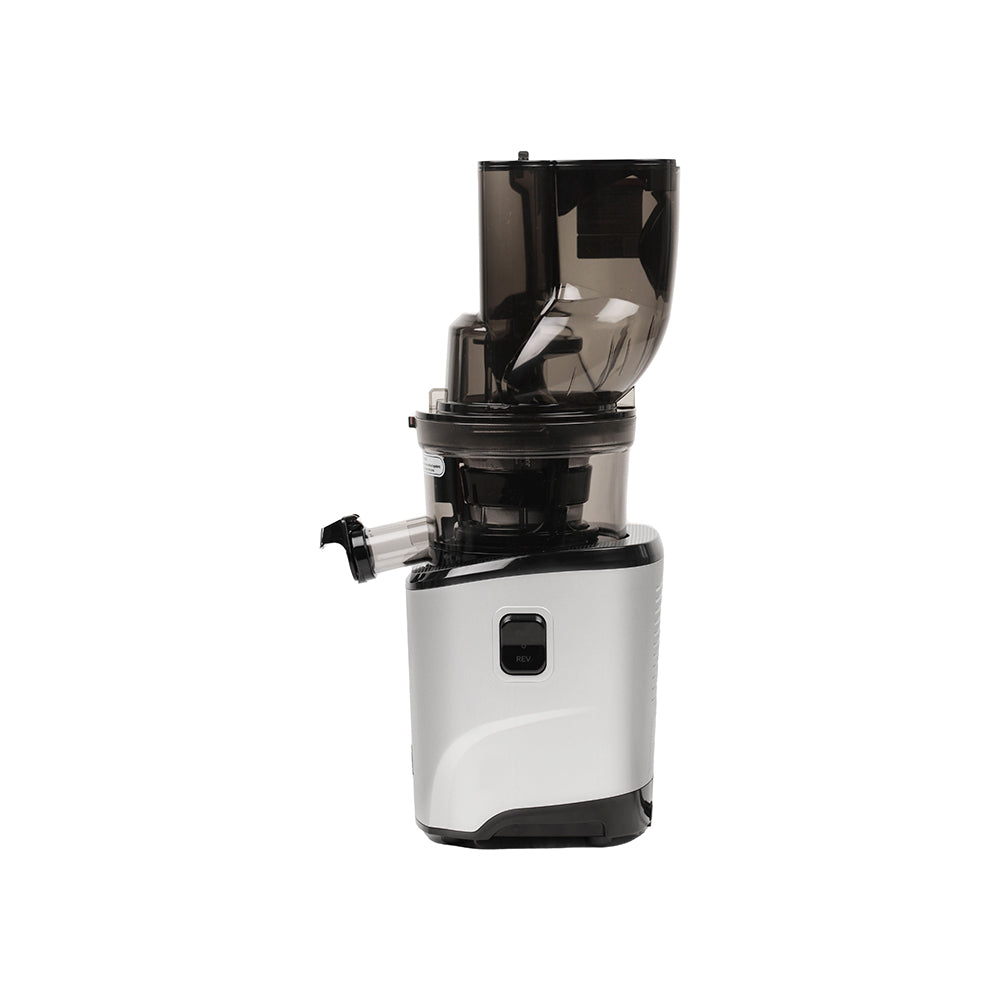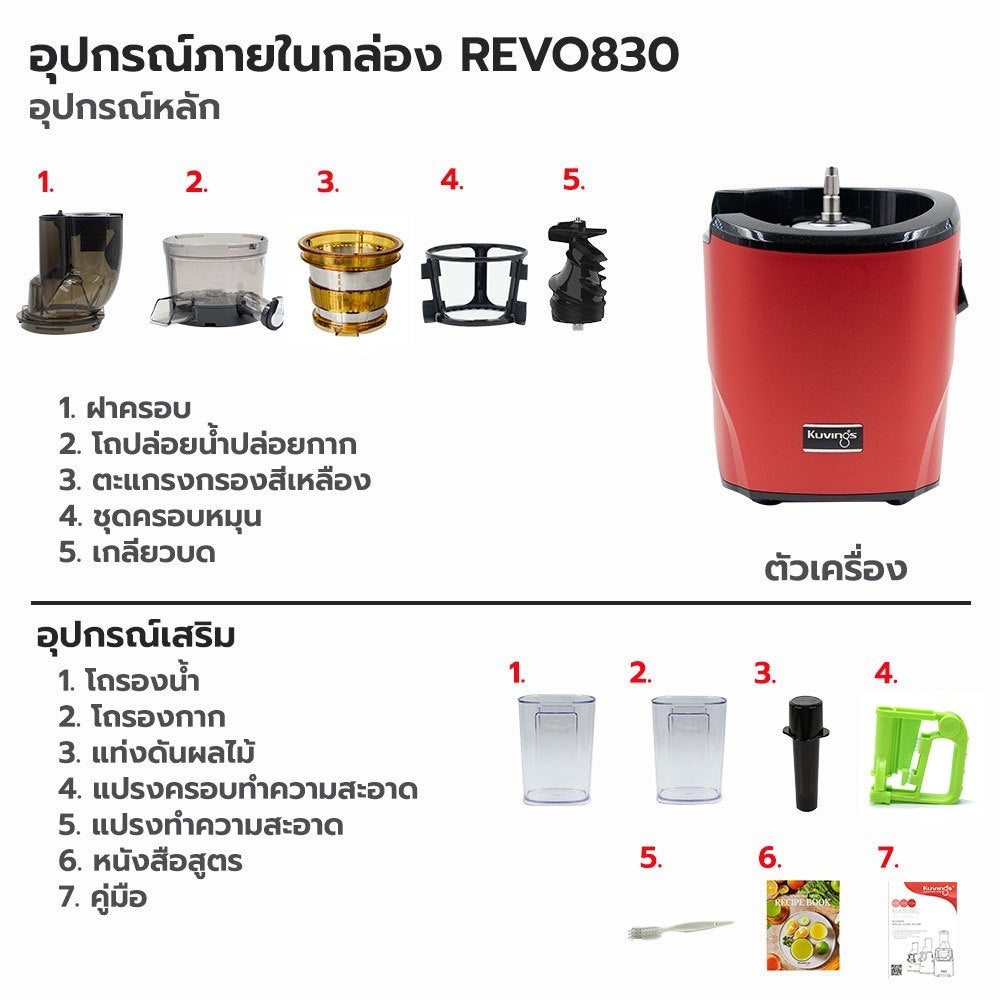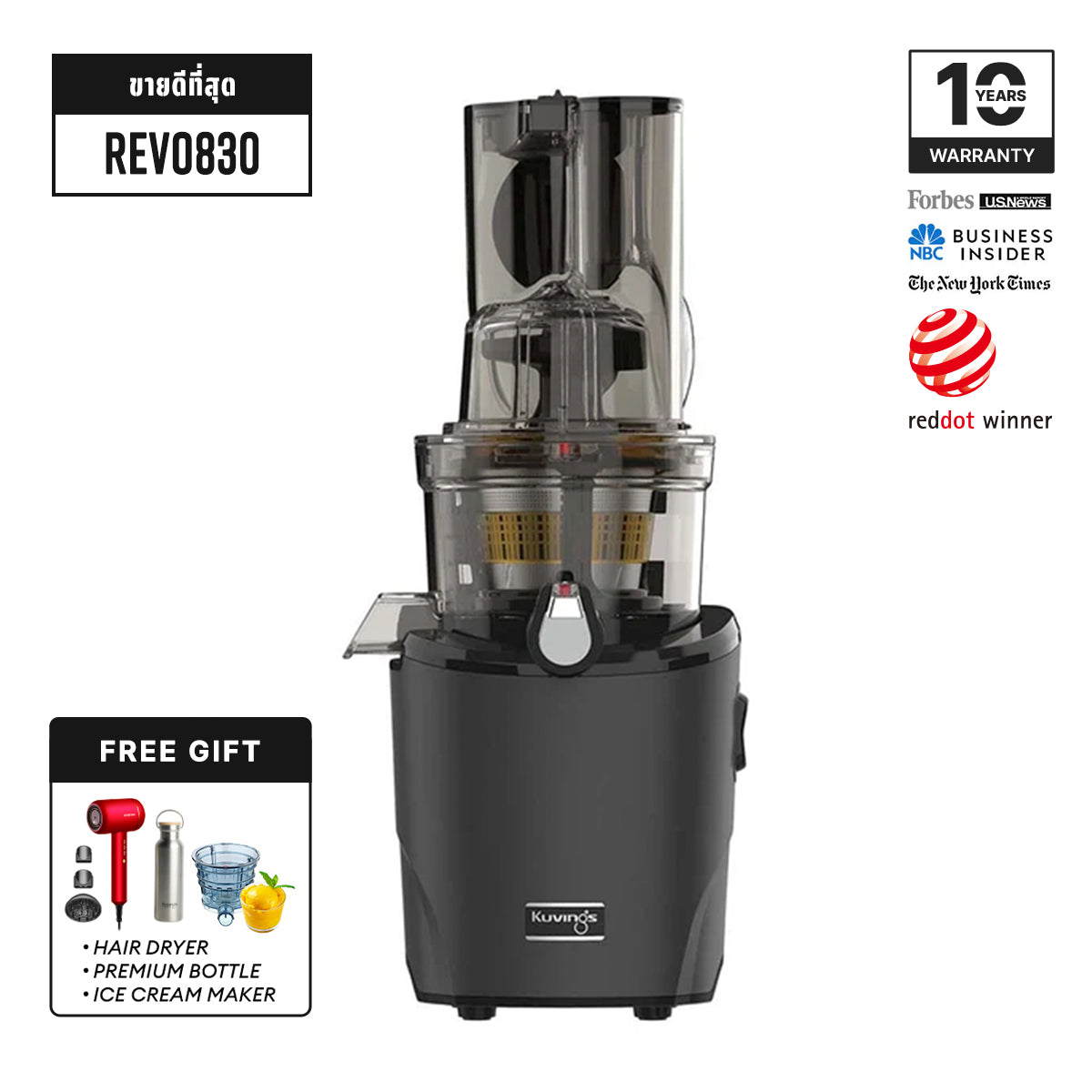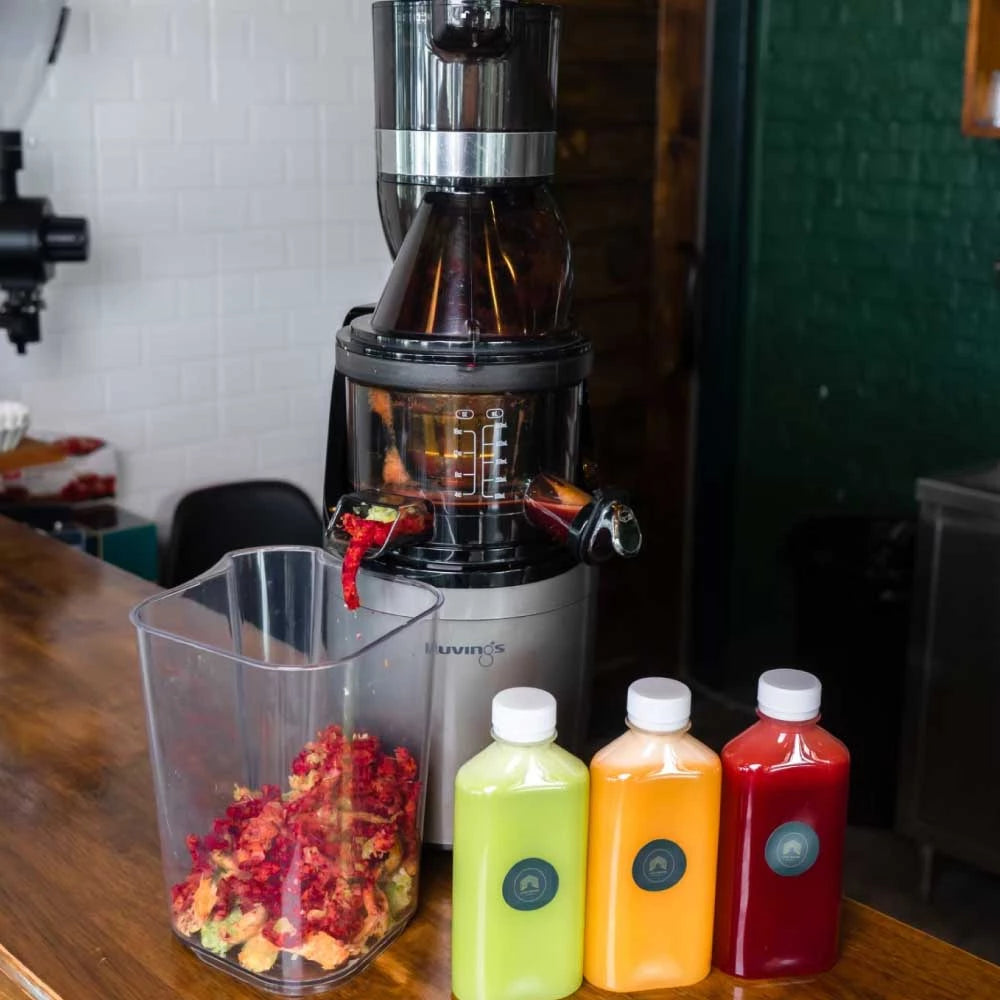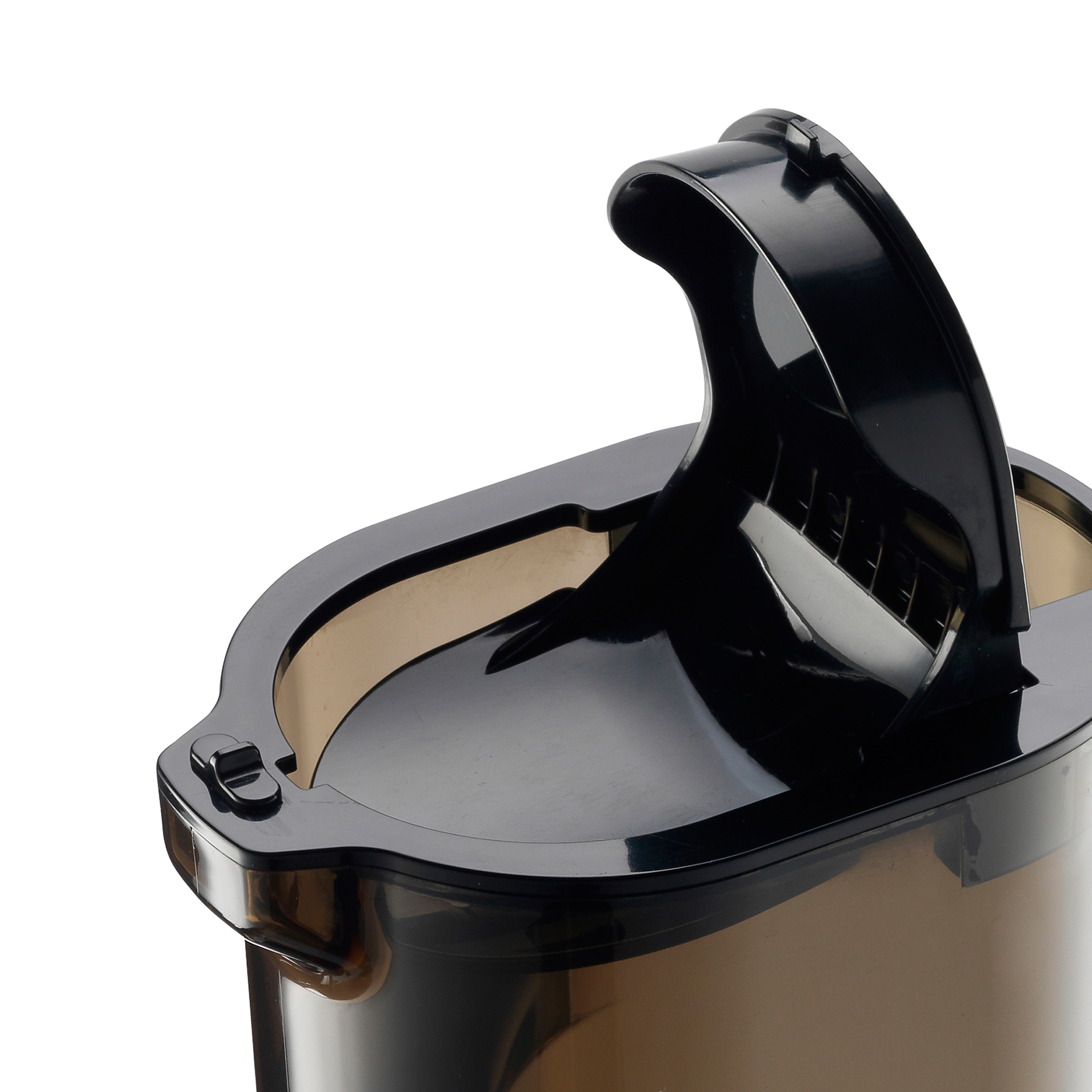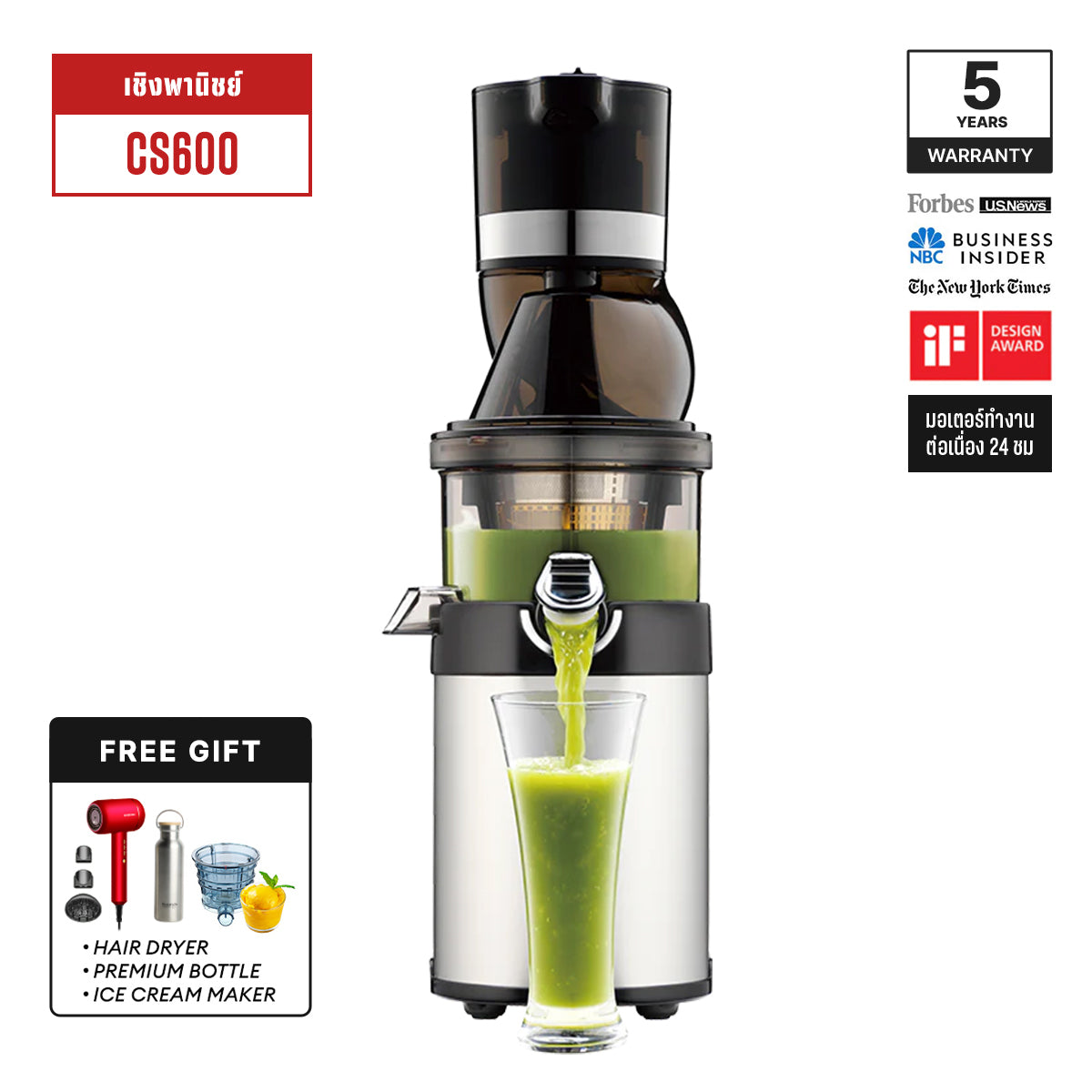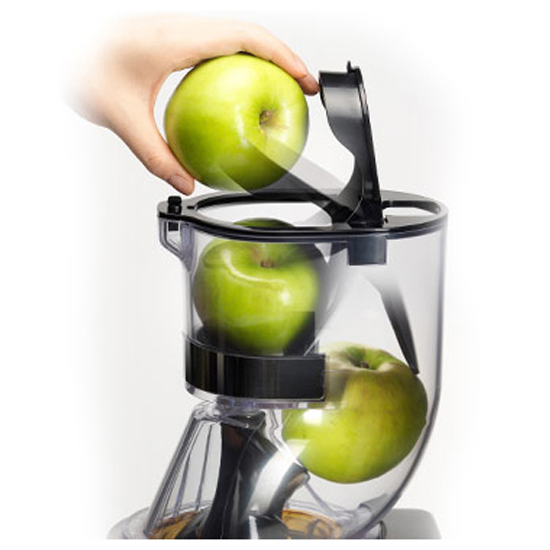🌿 Follow our tips and tricks for juicing your greens to improve efficiency and prevent clogging. You will get more yield. Less bubbles And it tastes better !
Green leafy vegetables are nutrient-dense and have many health benefits! However, most people don’t eat green leafy vegetables because they don’t like the bitter taste.
Juicing greens is a great alternative to eating greens, especially when you combine the juice with other ingredients.
Using a Kuvings slow juicer and considering the following factors will make juicing your greens easier!
1. Types of green leafy vegetables
2. Preparation method
3. Use of other ingredients
📌 Light green leafy vegetables
Light green leafy vegetables have thin, delicate leaves and stems. Green leafy vegetables that fall into this category include:
• Spinach
• Rocket
• Parsley
• Parsley
• coriander
• Dandelion
• Watercress
Chop young greens to prevent them from getting tangled in the juicer.
We recommend using baby spinach instead of regular spinach. Chopping baby spinach is not necessary because it is small and soft. Plus, you won’t lose any nutrients because baby spinach and regular spinach have the same amount of nutrients!
📌 Hard green leafy vegetables
Tough leafy greens have tough leaves and stems. Tough leafy greens are ideal for juicing because they retain their structure even after being cut and squeezed. Leafy greens that fall into this category include:
• Kale
• Kale, wavy leaves
• Kale, wavy leaves
• Kale, wavy leaves
• cabbage
• Lettuce
Roughly chop your tough greens so they fit into the juicer and help you juice faster.
📌 Wheatgrass
Wheatgrass and other microgreens are small and thin, can get tangled and not juiced well. We find that chopping wheatgrass into 1-inch or smaller pieces works best.
🔍 Why am I getting less green juice?
Dehydrated Greens For reference, a Kuvings slow juicer makes 1 1/2 bunches of spinach for 1 cup of juice.
While this yield may seem small, it is still higher than what you would get from a high-speed juicer. The slower action of a slow juicer allows for a finer juice extraction, which is especially important for delicate ingredients such as leafy greens.
🔍 Why is my juice foamy ?
Foam is 100% normal. You will notice more foam when juicing greens, apples, and pineapple because these ingredients are high in fiber. Fiber traps oxygen and creates foam.
High-speed juicers produce more foam because the fast-spinning blades release more oxygen. Slow-spinning juicers spin slowly, allowing less oxygen to enter the juicing process.
You can stir the foam into the juice, strain it, or skim off the top and discard it.
💯 The best way to juice green vegetables
Most people don't juice greens alone because it's hard to do. They also don't drink greens directly because they have little water content, are fizzy, and have a bitter taste.
The most common way to juicing greens is with large, dense ingredients!
Firmer ingredients will help push softer leaves through the juicer, preventing clogging and reducing the need for chopping.
Larger, denser ingredients tend to have a higher water content. Mixing watery ingredients with greens will increase the water content and may result in a more flavorful juice. You'll also notice significantly less foam.
Overall, you will get better results and a smoother juicing experience when juicing greens with other ingredients!
This post is republished with permission from www.kuvingsusa.com
📸 by Instagram @jadoresmoothies_


